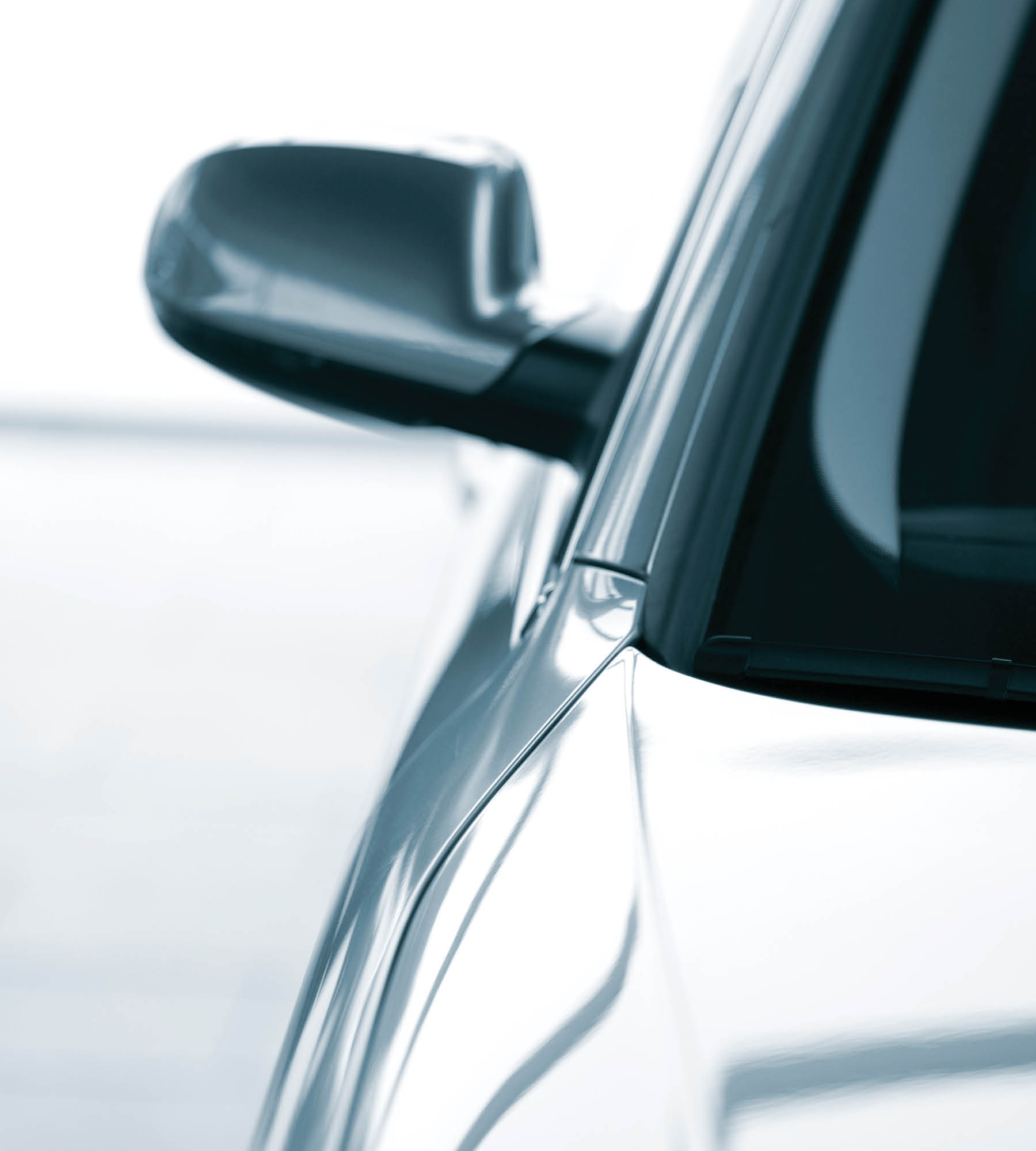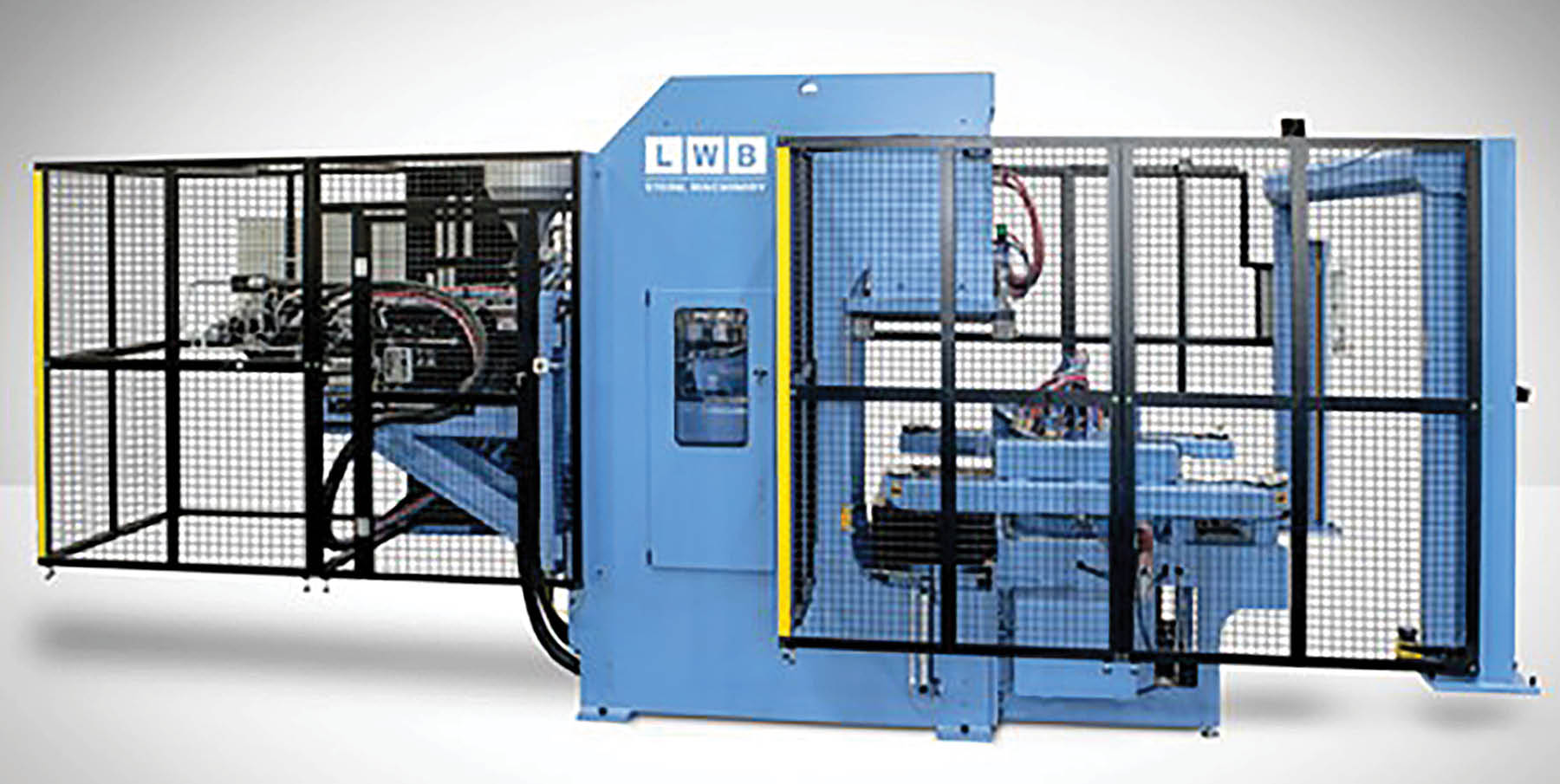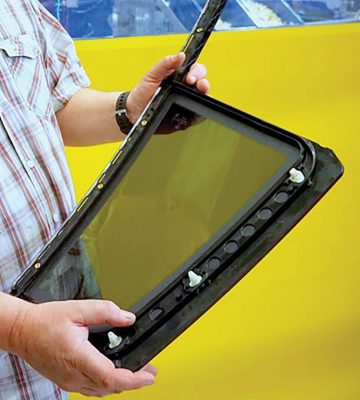Language
You can read the magazine in one of the following languages
Geolocation
You can read the global content or the content from your region


LWB-Steinl injection molding technology at Henniges Automotive / Rehburg-Lower Saxony
The integration of individual parts to a multifunctional assembly is one of the important innovations of plastic injection molding. For example, the production of glass window modules for car rear doors, as practiced at multiple automotive suppliers.
The parts consist of the glass pane, a web strip and fastening clips, which are overmolded by a TPE frame to a ready-to-install assembly. For that specific injection molding task, many molders rely on vertical C-frame injection molding machines from LWB-Steinl.
Assembling on a horizontal or a vertical machine? 
Both horizontal and vertical injection molding systems are used for the injection molding assembly of window glass modules.
LWB offers not only one but several vertical machine systems in scalable variants. This allows our customers a shortcut to the appropriate system specification without having to compromise.
For example, a vertical tie-barless C-frame machine can be used in combination with a rectangular designed rotary table system by LWB. That configuration provides the desired generous clamping dimensions and at the same time offers the best accessibility to the working area around the injection molding tool.
With a clamping area of 1300 by 650 millimeters for each mold and an equally large center area with all media and energy connection, everything fits exactly to the glass overmolding tools in use.
In particular, the tool set-up process benefits from the specific LWB rotary table layout. That is evident in comparison with an older vertical machine with a conventional rotary table, still in operation in many molding facilities.
The company currently employs around 250 people and has about 500 machines per year, based in Altdorf near Landshut.
For more information, see lwb-steinl.de
